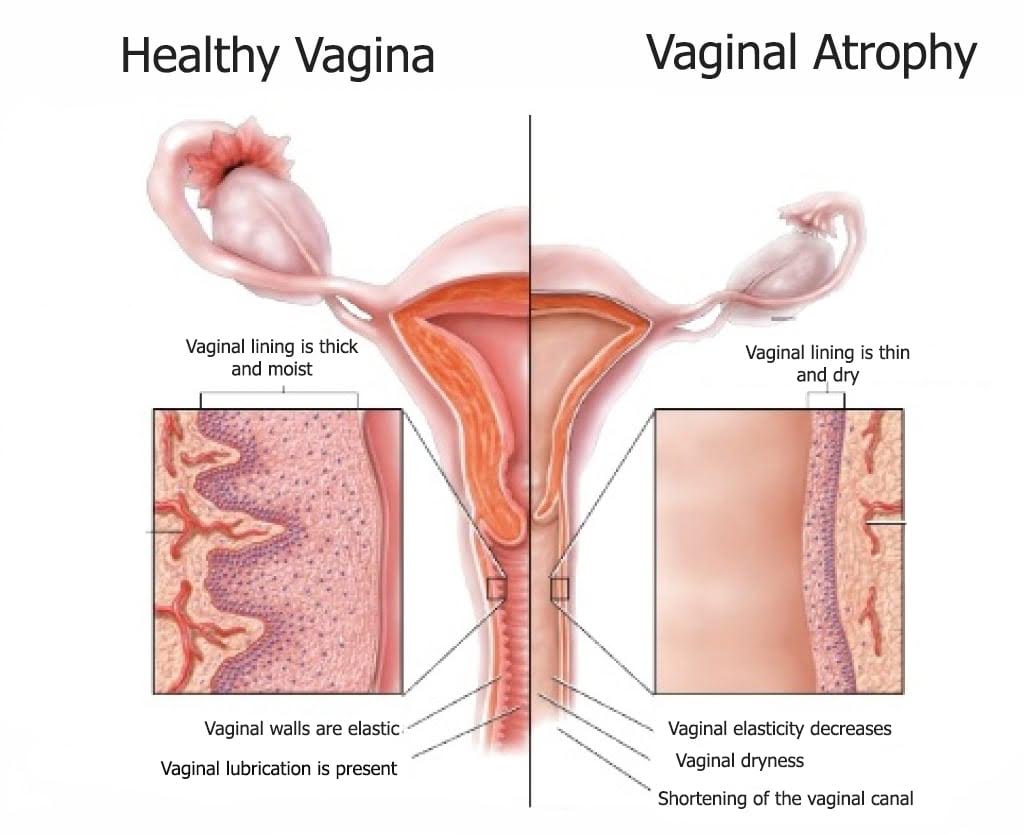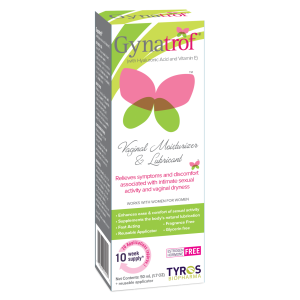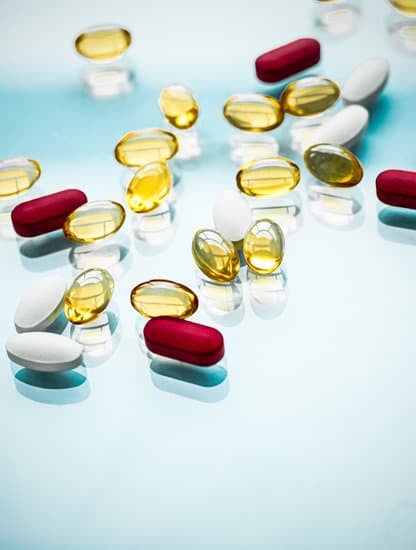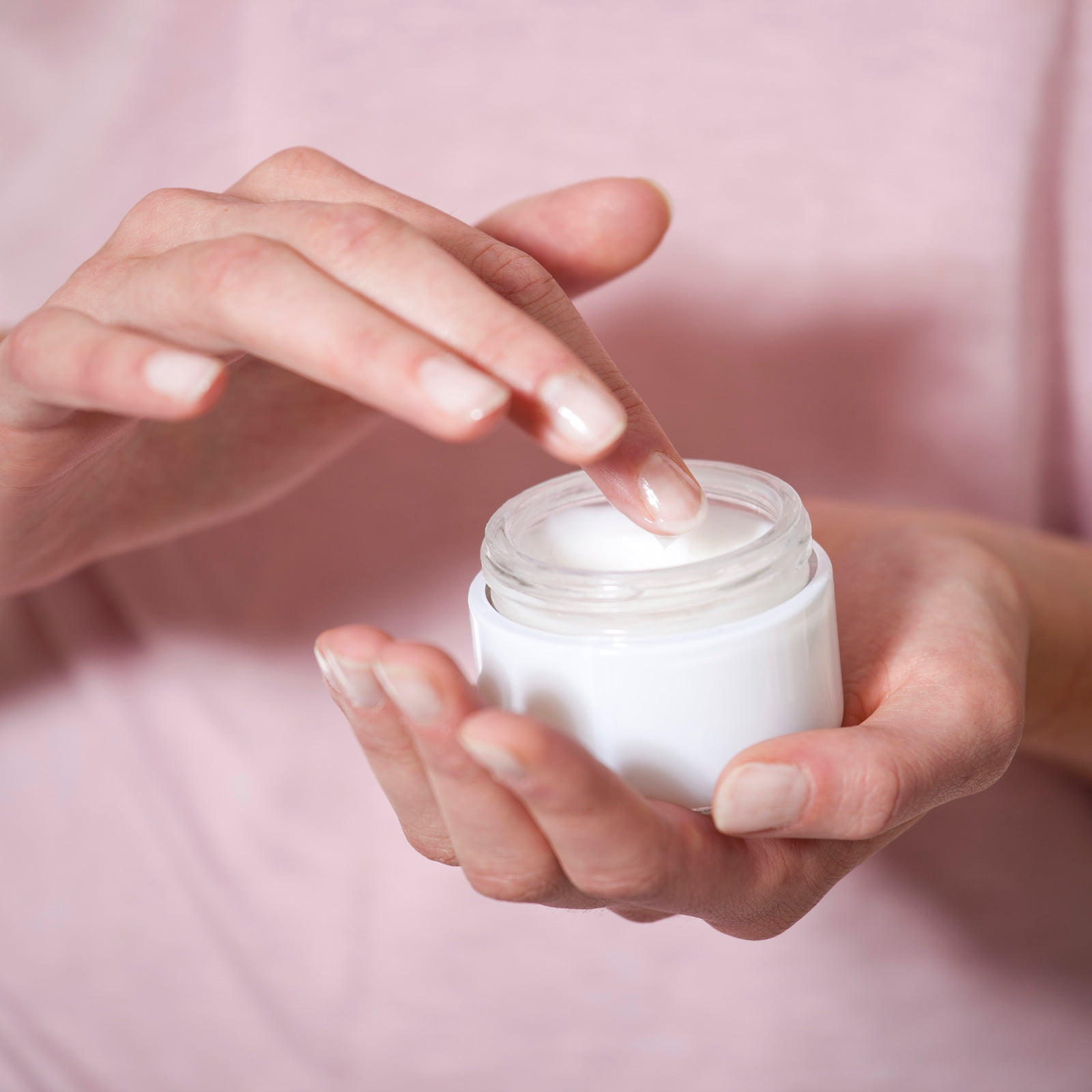What is Postmenopausal Vaginal Atrophy?
Postmenopausal vaginal atrophy is The thinning of the walls of the vagina, which is caused by decreased estrogen levels.
- Most commonly occurs after menopause.
- Menopause is usually between ages 45 and 55 when the woman’s ovaries no longer release eggs.
- In some women, symptoms occur during perimenopause or the years leading up to menopause. In other women, symptoms may not appear until years later, if ever.
Symptoms of Postmenopausal Vaginal Atrophy
- Thinning of the vaginal walls
- Shortening of the vaginal canal
- Lack of vaginal moisture (feminine dryness)
- Vaginal burning (inflammation)
- Discomfort or pain during intercourse
- Pain or burning with urination
The primary cause of postmenopausal vaginal atrophy is age-related hormonal changes, which cause a decrease in estrogen levels that occurs naturally during menopause. Estrogen is a hormone that plays a critical role in maintaining the health, elasticity, and thickness of the vaginal tissue. When estrogen levels drop, the vaginal walls become thinner, less elastic, and more susceptible to dryness and inflammation.
One of the most effective treatment options for postmenopausal vaginal atrophy is vaginal moisturizers and lubricants such as Libi -Tight Femme Gel 30g, which can provide long-lasting hydration to the vaginal tissue, helping to alleviate dryness and discomfort.





